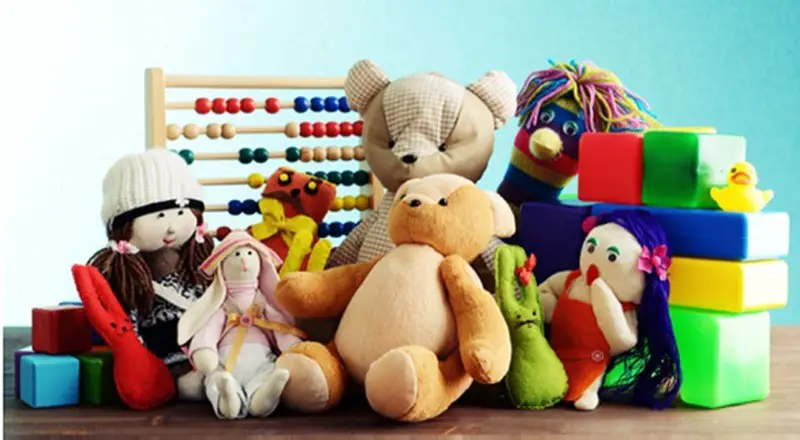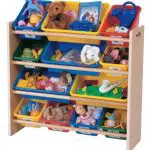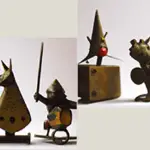
Toys and play activities can form gender-typed interests in very young children. The good news is that toy makers are trying to address the issue.
Parents often buy lots of toys for their children and these kids spend a lot of time playing with these. However, most toys are labelled as “for boys” or “for girls” and this can hamper with the early play experiences of children, and also result in forming gender stereotypes during the children’s formative years.
It means the kids may start thinking that some toys are for boys or for girls and they require different skills and abilities.
Just spend some time observing children play with their toys and you will observe that boys and girls and prefer to play with different toys.
While it is understandable for girls to be more interested in dolls than boys are, a lot of vehicles and construction toys are seen as toys for boys by children.
Here’s what a study reveals:
- Vehicles and guns are almost always preferred by boy, more than girls
- Dolls are preferred by girls and are almost always categorized as girl-related.
- Boys prefer playing with various kinds of tools and sports toys/equipment
- Board games, stuffed toys, play-doh, puzzles, art and craft, cosmetics, kitchen playsets are seen more as toys for girls.
Studies reveal that toys are likely to influence children’s development of social skills, may reveal developmental changes such as sexuality, or may even cause them to behave aggressively. Therefore it is important for parents, educators, and policymakers to take the efforts to understand more about how gendered toys might be influencing boys and girls differently.
Kids pick it up from Adults
Adults do play a role here as they tend to feed subtle gender-related messages to children, which affect children’s behaviors and toy interests.
Several kids learn from adults that certain toys are for girls and certain ones for boys. For example, kids in many countries see the color pink as something meant only for the girls.
Also, several adults who work in the toy industry carry their biases when designing, and marketing toys, which greatly influence children’s play experiences.
Gender Labels on Toys Disrupt Play Patterns
Gender labels regarding toys are primarily given and reinforced by adults (e.g., parents, toy makers, marketers) and have been shown to disrupt children’s toy play patterns.
For example, if you look at LEGO City, which LEGO markets to boys and LEGO Friends (for girls), LEGO City encourages boys to enact skilled professions, expertise, and heroism, but LEGO Friends focused on girls engaging in domestic work, socializing activities; and emphasizing beauty.
In recent years, the topic of children’s gender-typed toy interests has attracted lot of attention with many parents and educators applauding decision of top toymakers to remove labels from their toys in efforts to reduce gender stereotyping of toys.
Danish toy maker Lego is working to remove gender stereotypes from its toys, after a global survey revealed that 76% of parents would encourage their sons to play Lego, but only 24% their daughter.
Should Labels Be Removed?
However, on the other hand, some parents feel that gender differences in children’s toy interests are “natural” and that removing labels would confuse customers who use them to guide toy purchases .
It is quite possible that the toy companies are giving their customers what they desire or are making it easier for parents to buy through these explicit labels, gender-typed colors, and/or male and female models on their packaging.
While it is likely that these interests can shape gender-stereotyped toy development, more research should be conducted in this area to come up with better solutions that would provide children with a well-rounded skillset while playing with the toys.
Funtoyworld is a family-managed website with me (Ben), and my wife doing most of the work. We are proud parents of two wonderful kids and love reviewing toys. We have a firm but friendly “democratic parenting” style and offer several practical suggestions backed by extensive research. Our own experience with raising two children prompted us to share our knowledge. Read more.







Leave a Reply